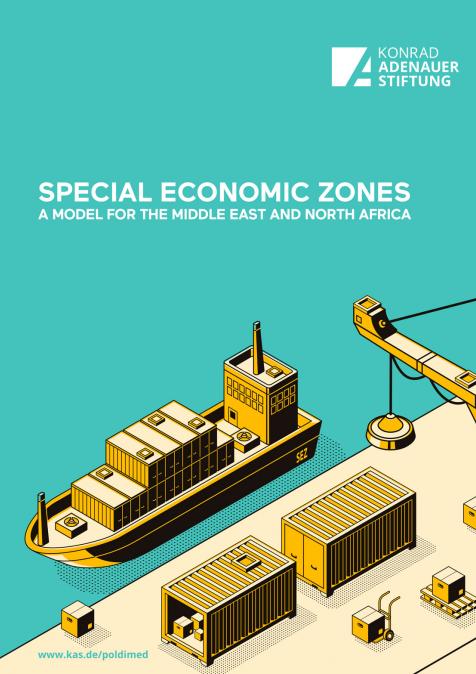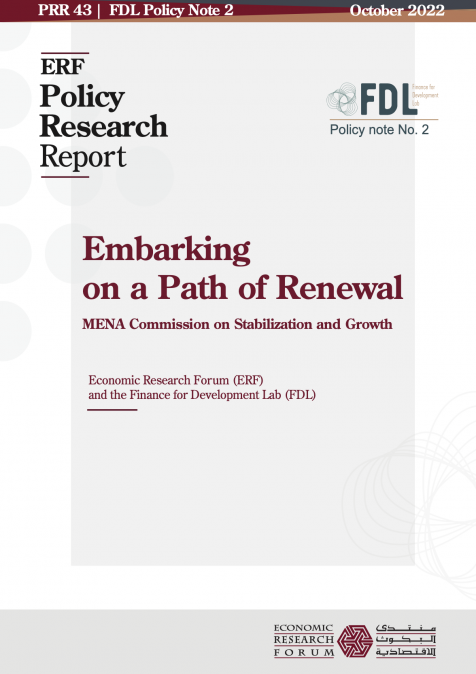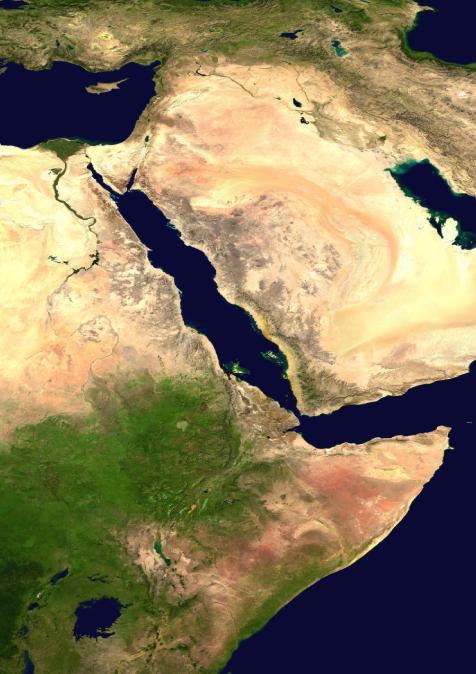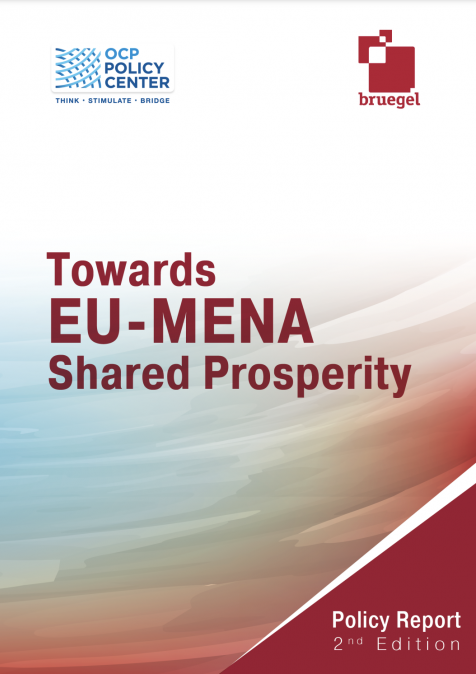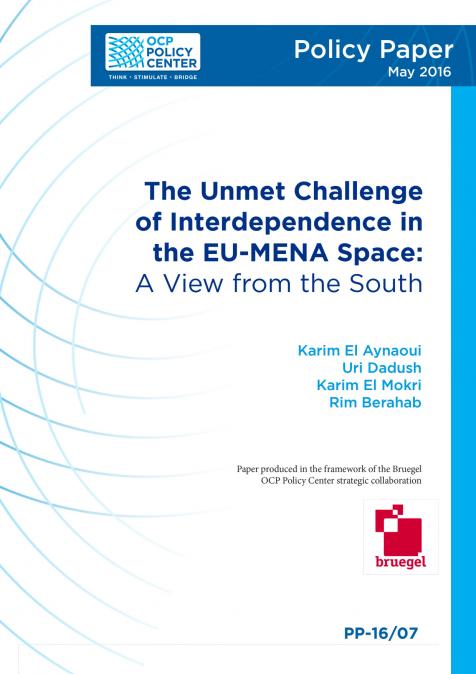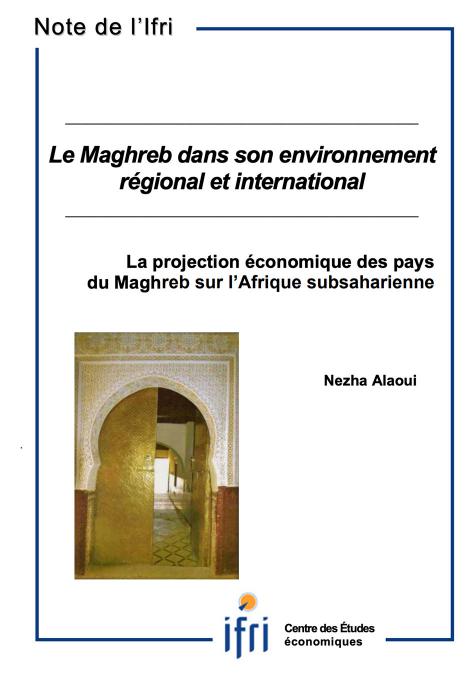Publications /
Book / Report
The Middle East and North Africa (MENA) have enormous economic potential with remarkable natural resources and industrial production capacities. While considerable progress for economic reforms has been reached already, a deeper regional integration and stronger cooperation can provide the needed impetus for facilitated development and upgraded national as well as regional economic structures in the wider region.
Special Economic Zones (SEZs) present significant untapped potential, within the region, to address all of these needs. SEZs have a long history of attracting foreign investment and contributing to host country
economic development. They have traditionally offered some combination of appropriate and upgraded infrastructure, streamlined regulation, and incentives.
To this end, this study is based on the collaborative efforts of the Regional Program South Mediterranean of the Konrad-Adenauer-Stiftung (KAS Poldimed), the EastWest Institute and the Policy Center for the New South that explored together how SEZs can make greater contributions to national and regional economic development in North Africa during a conference in Rabat with distinguished experts and practitioners.
Read more on our partner’s website: https://www.kas.de/en/web/poldimed/single-title/-/content/special-economic-zones

